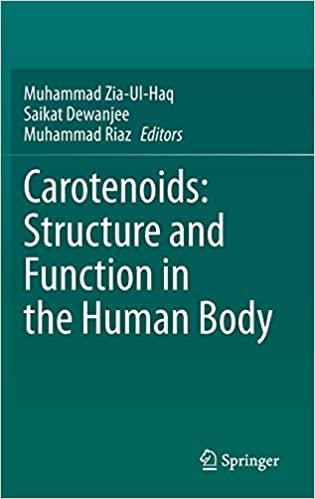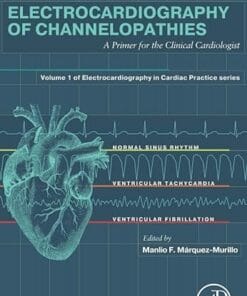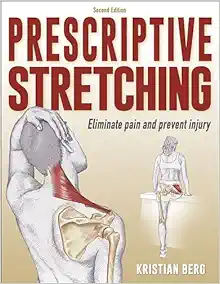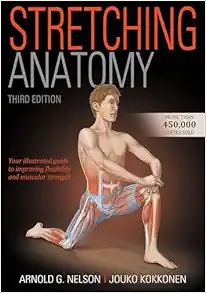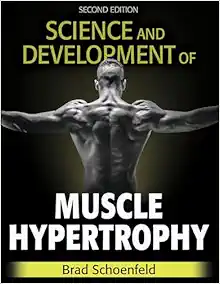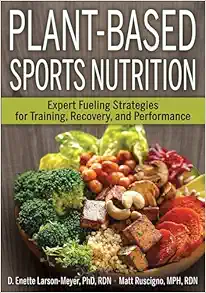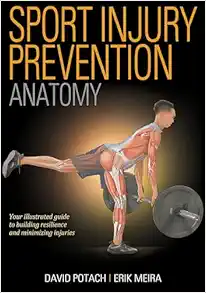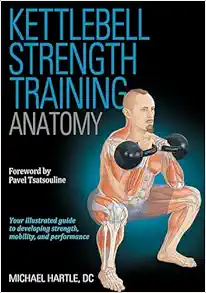Carotenoids: Structure and Function in the Human Body 1st ed. 2021 Edition
30 $
Delivery time: Maximum to 1 hours
Carotenoids: Structure and Function in the Human Body 1st ed. 2021 Edition
Plants produce chemicals as part of their normal metabolic activities. These include primary metabolites found in all plants, such as sugars and fats, as well as secondary metabolites, which can have therapeutic effects in humans and be refined to produce drugs. Plants synthesize a bewildering variety of phytochemicals, but most are derivatives of a few biochemical motifs. Numerous herbal-derived substances have been evaluated for their therapeutic potential. These include alkaloids, coumarins, saponins, plant pigments and flavonoids. Flavonoids, carotenoids and anthocyanins are probably the best known of these substances due to their antioxidant properties.
Carotenoids: Structure and Function in the Human Body presents comprehensive coverage of carotenoids. The text covers the scientific literature and clinical significance of this organic pigment, with an emphasis on its therapeutic potential. The authors approach carotenoids from a range of perspectives, from their structural and physicochemical properties to their distribution in nature, interaction with the human metabolism, and use as a coloring agent in various products. The intake, metabolism and secretion of anthocyanins in the human body are covered in-depth, as are the biosynthetic pathways through which these compounds are synthesized in the natural system. Factors affecting stability and extraction are listed, and health-related uses and biological activities are covered in great detail. Present and future trends in carotenoid research are also presented. This book provides a solid background in carotenoids for researchers and professionals in food science, food technology, nutrition, biology, chemistry and medical sciences.
Product Details
Product Details
- Publisher : Springer; 1st ed. 2021 edition (February 18, 2021)
- Language : English
- Digital eBook : 875 pages
Related Products
Basic Medical Book
Electrocardiography of Channelopathies: A Primer for the Clinical Cardiologist (PDF)
Basic Medical Book
Creative Thinking And Arts-Based Learning: Preschool Through Fourth Grade, 7th Edition (PDF)
Basic Medical Book
Basic Medical Book
Basic Medical Book
Basic Medical Book
Secrets Of Successful Program Design: A How-To Guide For Busy Fitness Professionals (PDF)
Basic Medical Book
Basic Medical Book
Basic Medical Book
Strength Zone Training: The Most Effective Method For Maximizing Muscle Development (PDF)
Basic Medical Book
Basic Medical Book
Basic Medical Book
Basic Medical Book
Velocity-Based Training: How To Apply Science, Technology, And Data To Maximize Performance (PDF)
Basic Medical Book
All-Pro Performance Training: An Insider’s Guide To Preparing For The Football Combine (PDF)
Basic Medical Book
The Language Of Coaching: The Art & Science Of Teaching Movement (PDF)
Basic Medical Book
Basic Medical Book
2023 & 2024 NIRSA Flag & Touch Football Rules Book & Officials’ Manual, 21st Edition (PDF)
Basic Medical Book
Achieving Excellence: Mastering Mindset For Peak Performance In Sport And Life (PDF)
Basic Medical Book
Neurodegenerative Diseases: Translational Models, Mechanisms, And Therapeutics (PDF)
Basic Medical Book
Breathe, Focus, Excel: Exercises, Techniques, And Strategies For Optimal Athletic Performance (PDF)
Basic Medical Book
Developing Speed (EPUB)- NSCA – National Strength & Conditioning Association, 2nd Edition
Basic Medical Book
Developing Speed – NSCA -National Strength & Conditioning Association, 2nd Edition (PDF)
Basic Medical Book
Personal Best Running: Coach Coogan’s Strategies For The Mile To The Marathon (PDF)
Basic Medical Book
Run Healthy: The Runner’s Guide To Injury Prevention And Treatment (PDF)
Basic Medical Book
Smarter Recovery: A Practical Guide To Maximizing Training Results (PDF)
Basic Medical Book
Basic Medical Book
Adapted Aquatics Programming: A Professional Guide, 2nd Edition (PDF)
Basic Medical Book
Genetics Primer For Exercise Science And Health (Primers In Exercise Science) (EPUB)
Basic Medical Book
Aquatech: Best Practices For Pool And Aquatic Facility Operators (PDF)
Basic Medical Book
Becoming A Sustainable Runner: A Guide To Running For Life, Community, And Planet (PDF)
Basic Medical Book
Breathe, Focus, Excel: Exercises, Techniques, And Strategies For Optimal Athletic Performance (EPUB)
Basic Medical Book
Basic Medical Book
Active Games For Children On The Autism Spectrum: Physical Literacy For Life (PDF)




